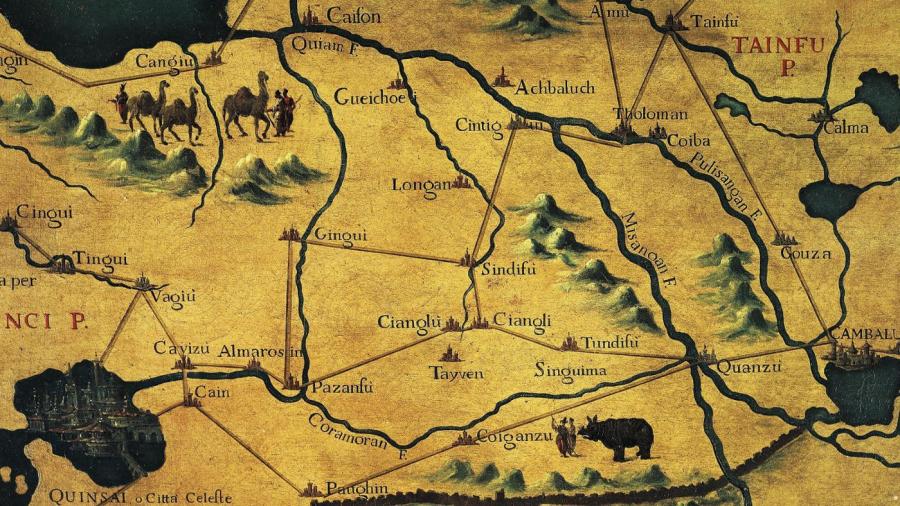Who Invented the First Map?

Anaximander, a Greek philosopher who lived in Miletus in the 6th century, is credited with the invention of the first map. The earliest known maps are related to the sky, and date back to 16,500 B.C.
The ancients were preoccupied with geography, and the first attempts at drawing maps date back to 8,000 B.C., when the people of Babylon used maps created with surveying techniques. It was the ancient Greeks who perfected the science of cartography. Anaximander drew the first map of the known world but, unfortunately, his map and all the research he performed in order to draw it did not survive.
After Anaximander, various Greek philosophers and scientists drew maps, including Hecateus of Miletus, Herodotus, Ptolemy and Eratosthenes. Aristotle is the one credited with proving the sphericity of the Earth. Ptolemy brought one of the most important contributions to the development of cartography, his eight-volume atlas named “Geographia” being a prototype of what would become modern mapping.
The Romans, Chinese, Indians, and Mongols also became preoccupied with drawing maps of the world as it was known to them. It wasn’t until after the period of the great geographical discoveries in the Middle Ages that complete maps of the Earth became available.





